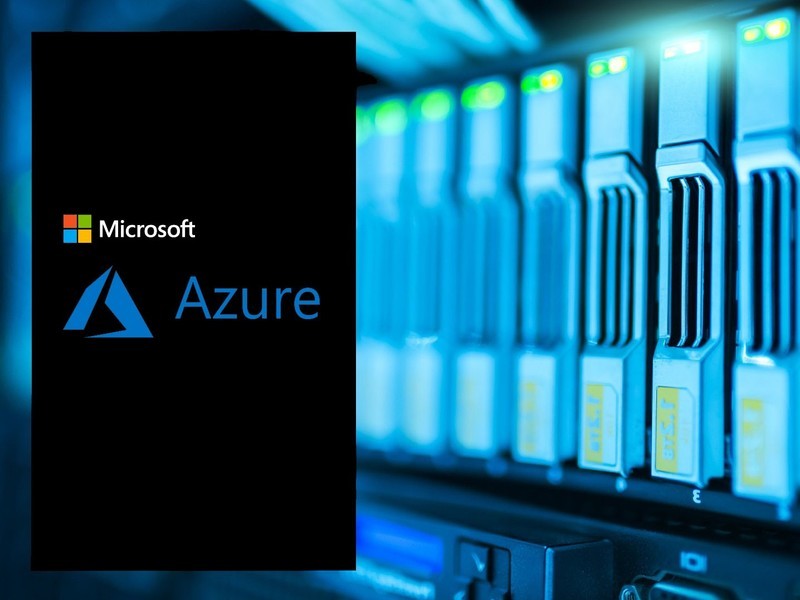
Microsoft Azure
Ask any member of the IT Support Los Angeles Community – or any member of the worldwide IT Support community – what Microsoft Azure is, and you will get knowledgeable answers from the top-tier Managed IT Services firms and a mix of random ramblings from the lower echelon – the garden variety ‘IT Services Guys’. Ask non-IT business owners and administrators, and you will rarely find someone who even knows the name.
But… why should they?
Business owners just want to do business. They want a permanent ‘yes’ and speedy response from their network. Paying attention to the nuts and bolts that make that happen is the job of the IT services and support provider that sees to it that the network keeps humming along.
After all, a typical non-mechanic drives a car and knows what some of the basic parts are called, and even where they are, but when you do a ‘deep-dive’ into the inner workings, part names like a ‘Wrist Pin’ become a mystery that you rely on your mechanic to deal with. The same goes for a network.
What is Microsoft Azure in simple terms?
Originally introduced in 2010, Microsoft Azure is a platform that enables easy and agile access to cloud-based apps and programs. It is basically Microsoft’s Operating System (OS) for cloud-computing, just as a computer’s OS might be Windows 10 or 11, MacOS, Linux, or any of dozens of available Operating Systems. It’s simply what allows you to do things on a computer. Azure allows users to do those things in the cloud – without mind-numbing complexity.
The Microsoft Azure platform includes over 200 products and services to enable businesses to boost productivity and bring about new solutions for the future – and since it supports open source technologies, you are not limited to Microsoft applications. You can run virtually any application you use on Azure.
Originally, Microsoft Azure required specialized Microsoft training due to its complexities, so it was not a handy choice for many small businesses with limited funds for IT support.
The introduction of Microsoft 365, which both replaces and incorporates Windows 365 takes away that complexity. For the monthly subscription, Microsoft does all the heavy lifting and provides a fully enabled ‘turn-key’ cloud platform for all company operations, although it does not replace Microsoft Azure, which is still widely-used, available, and popular with very large corporations.
What are Azure components?
Azure provides all of the elements for conducting today’s business – this is not reinventing the wheel, it just seamlessly integrates all components into a very fast, user friendly platform.
1) Computing: The most basic concept. Azure offers application development, hosting and deployment as well as options like Virtual Machines (VMs), VM scale Set, Azure App Service, Functions and Batch Service.
2) Storage: All data and applications are stored securely in Microsoft’s vast cloud: Blob Storage, Azure Tables, File Storage and Queues.
3) Database: Complete data management services.
4) Authentication & Security: Incorporates the famously top-level Microsoft Cybersecurity as well as encryption through Azure Vault Key and access management through Azure Active Directory among others.
5) Networking: Creates Virtual Private Networks (VPNs) for secure networking and collaboration and Azure Traffic Manager manages traffic between data centers – a component that greatly adds to the speed factor of the platform.
6) Monitoring: Full analytics for every application through Azure Monitoring, which collects data for performance improvement and stores the Logs and Metrics for further analysis.
7) Web Services: Full web development tools. You develop, and Azure takes care of the execution and maintenance.
8) Mobile Services: All facets of Azure take into account remote devices – Work from Home desktops, laptops, tablets etc. This component provides backend service to employees who run company applications on Smart Phones, which have previously been just sort of ‘patched-into’ the network.
Frequently Asked Questions
Q: Is Azure a coding?
A: The Azure platform requires no coding or programming knowledge to learn. Expertise in deployment script or configuration coding would come into play if you wanted to deploy an application to Azure.
Anyone with a good understanding of basic fundamentals should be able to grasp the concepts, although full training is required to make good use of the classic Azure platform. ParkMyCloud gives a rundown of the best FREE Azure training resources HERE. Microsoft, which is among the free resources, provides guidance on where to start on their Microsoft Learn for Azure page.
Q: Is Microsoft Azure Free?
A: Microsoft does offer a free 30 day trial and $200 worth of Azure credits (which must be used within the 30 day trial) and various free services for the first 12 months of your paid subscription.
Azure has a ‘pay only for what you need’ pricing policy, so you can receive a custom quote HERE.
Q: Is Azure better than AWS?
A: Azure is 4 to 12% cheaper than Amazon Web Services (AWS), but in most ways, it is also a better platform. Azure has the edge in these main areas:
1) Cybersecurity: No surprise here. Microsoft has long provided the best security over a gamut of its platforms. They were the first cloud vendor and are well ahead of more recent entrants in the field such as Amazon and Google.
2) The ‘Enterprise Agreement’: Microsoft wields an impressively ‘big stick’ with their agreement. If a business employs Microsoft software, the incentives for pricing reductions are huge. Plus, with the basic Microsoft terms and conditions, it is spelled out in strong language that Microsoft GUARANTEES that no client data can be sold or otherwise transferred to a 3rd party (unlike Google).
3) A Truly Integrated Environment: As an open source technology, with open development languages, Azure offers a level of ease and flexibility in integrating all of its (and others) various tools into a seamless, simple to navigate gateway to enhanced communication and productivity that no other platform comes close to.
4) PaaS & Developer Tools: The capabilities and sheer speed of their ‘Platform as a Service’ (PaaS) offering outstrips all others. Their Azure platform and its host of development tools allows application developers to quickly add new apps and cloud services, provides for easier monitoring and analysis and the end user-manager is relieved of a great burden because Microsoft does most of the work for them.
Q: Does Azure require credit card?
A: Only for the initial sign up do you need a credit or debit card for user authentication - unless your company has been previously approved for invoicing. After that, there are a number of ways to pay the subscription fee, including by credit card. Debit cards are not allowed for ongoing payment.
Find out how this will benefit your business
As a longtime Microsoft Partner, IT Support LA is very well versed in all things Microsoft, including helping clients determine the right M365 Plan will fit your business. For a FREE no-strings consultation, please either fill out the form on this page or call us at:
818-805-0909


